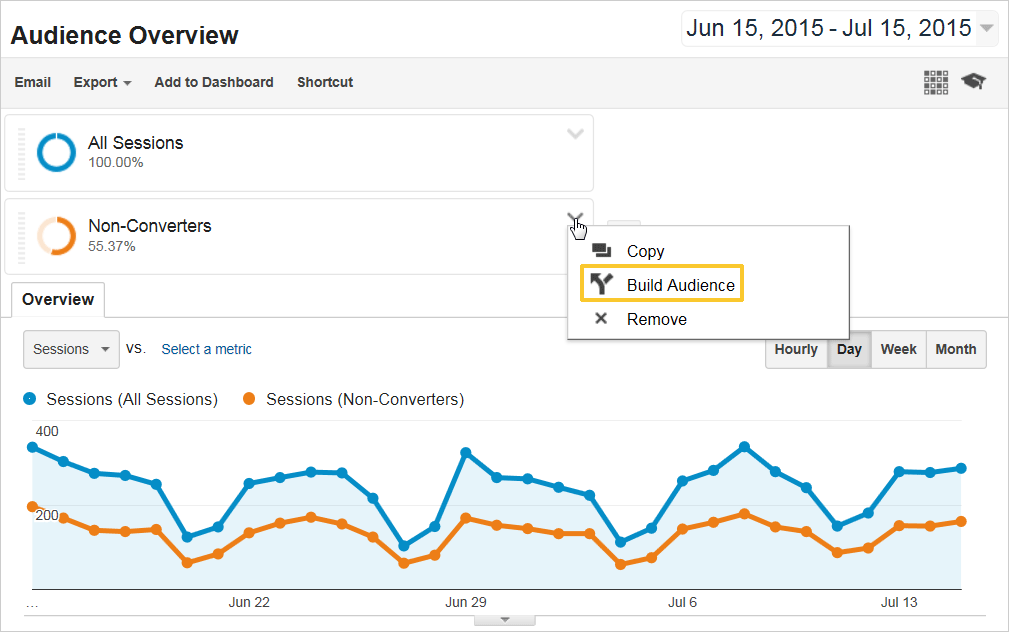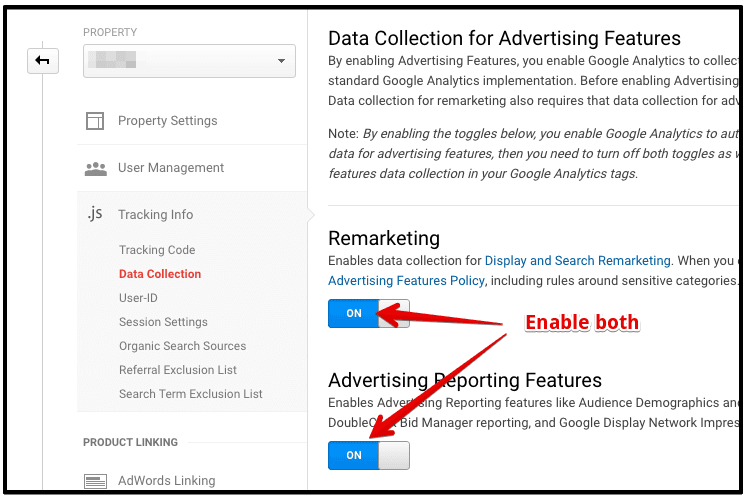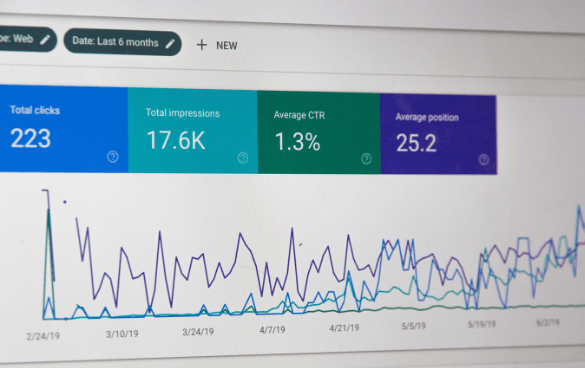Advanced Techniques for Remarketing In Google Analytics
Advanced Techniques for Remarketing In Google Analytics
Blog Article
Remarketing in Google Analytics: Transforming Site Visitor Data Into Sales
The ability to exactly target audiences based on their behavior and choices opens up doors to a realm of possibilities, propelling companies towards lasting growth and productivity. Through a thorough analysis of site visitor activities and a tailored remarketing technique, companies can navigate the electronic landscape with precision and finesse, deciphering the real possibility of their online existence.

Advantages of Remarketing in Google Analytics
Remarketing in Google Analytics uses services the possibility to reconnect with internet site site visitors who have revealed passion in their product and services, thereby raising brand visibility and conversions. By leveraging this powerful tool, organizations can stay top-of-mind with prospective customers that have actually already involved with their website. Among the essential advantages of remarketing is the capacity to target details target markets based upon their behavior on the internet site, enabling personalized messaging and tailored advertising and marketing projects.
In addition, remarketing in Google Analytics can aid services increase their conversion prices by re-engaging with site visitors that might not have actually purchased or finished a preferred action on the site during their preliminary visit. This targeted strategy can result in greater conversion prices and inevitably drive more sales. In addition, remarketing can likewise aid businesses build brand commitment and trust fund by maintaining constant interaction with prospective customers throughout their purchasing journey.
Setting up Remarketing Projects
When launching remarketing projects in Google Analytics, organizations require to thoroughly prepare and execute tactical targeting tactics to efficiently reach their desired target market. The primary step in setting up remarketing projects is to define clear objectives. Whether the objective is to raise internet site conversions, advertise specific products, or raise brand understanding, having a well-defined purpose will assist the whole project technique.
Next, organizations require to create target market listings based on particular requirements such as site site visitors, individuals that deserted their shopping carts, or those who interacted with certain material. These listings enable targeted messaging tailored to each sector of the audience, raising the possibilities of conversion.

Finally, services must establish up conversion monitoring to measure the success of their remarketing campaigns properly. By examining the performance information, businesses can maximize their advocate much better outcomes and higher ROI.
Leveraging Target Market Segmentation for Remarketing
Utilizing audience division is a critical approach for enhancing the efficiency of remarketing projects in Google Analytics (What Is “Remarketing” In Google Analytics?). By dividing your site visitors into distinct teams based on their behavior, demographics, or rate of interests, you can customize your remarketing efforts to target these certain segments with appropriate ads. Audience division enables you to create more customized and targeted projects, raising the possibilities of re-engaging visitors and driving conversions
Segmenting your audience enables you to provide tailored messaging that resonates with each team's choices and demands. For instance, you can develop different remarketing checklists for customers who deserted their purchasing carts, checked out certain item web pages, or downloaded and install a certain source. By recognizing the various motivations and rate of interests of these segments, you can craft engaging advertisement creatives that are most likely to catch their focus and trigger them to review your website.
In addition, audience division likewise aids you optimize your ad spend by concentrating on high-value sectors that are a lot more most likely to convert - What Is “Remarketing” In Google Analytics?. By visit this website analyzing the performance of each sector, you can assign your budget plan better and make the most of the return on your remarketing financial investment
Studying Remarketing Performance Metrics
To effectively evaluate the success of remarketing campaigns in Google Analytics, evaluating vital efficiency metrics is crucial. Metrics such as click-through price (CTR), conversion rate, cost per acquisition (CPA), and return on ad spend (ROAS) give useful insights right into the efficiency of your remarketing initiatives. CTR suggests the percent of individuals who clicked on your ad after seeing it, mirroring the advertisement's significance and interest your audience. Conversion price measures the percentage of customers that completed a desired activity, such as making a purchase, after clicking your advertisement. Certified public accountant aids figure out the expense of obtaining a consumer through your remarketing project, while ROAS analyzes the earnings produced for each and every dollar invested on marketing. By analyzing these metrics, you can recognize areas for enhancement, maximize your campaigns, and allot spending plan more effectively to take full advantage of the ROI of your remarketing methods in Google Analytics.

Ideal Practices for Remarketing Success
Building on the structure of evaluating remarketing efficiency metrics, applying finest methods is key to achieving success in your remarketing ventures. Furthermore, make certain that your remarketing advertisements are aesthetically enticing and have compelling phone calls to action.
Moreover, frequency topping is necessary to prevent ad exhaustion. Pounding users with the same ad continuously can lead to nuisance and decreased efficiency. Testing various ad formats, placements, and messages is additionally vital. A/B screening enables you to recognize which techniques yield the ideal results and optimize your campaigns as necessary. Monitor your campaigns regularly, analyze the data, and make data-driven decisions to constantly improve your remarketing efforts for maximum impact.
Conclusion
Finally, remarketing in Google Analytics supplies businesses the possibility to utilize site visitor data to increase sales and drive conversions. By utilizing audience segmentation, evaluating efficiency metrics, and applying finest practices, services can customize their remarketing efforts to target high-value segments successfully. Through compelling ad creatives and conversion monitoring, organizations can build brand commitment and depend on, inevitably making the most of the impact of their marketing techniques.
Via a careful evaluation of visitor activities and a tailored remarketing approach, organizations can navigate the digital landscape with accuracy and skill, unraveling the true potential of their on the internet existence.
One directory of the key advantages of remarketing is the ability to target certain target markets based on their habits on the site, enabling for individualized messaging and customized advertising projects.
Furthermore, remarketing can also aid businesses build brand name commitment and trust fund by preserving constant interaction with possible clients throughout their purchasing trip.
Metrics such as click-through rate (CTR), conversion price, expense per procurement (CPA), and return on advertisement spend (ROAS) supply valuable understandings right into the effectiveness of your remarketing efforts. By examining these metrics, you can identify locations for enhancement, optimize your campaigns, and allot spending plan much more effectively review to make best use of the ROI of your remarketing techniques in Google Analytics.
Report this page